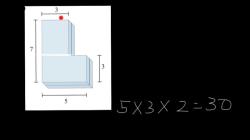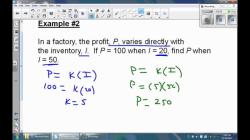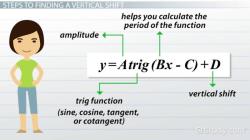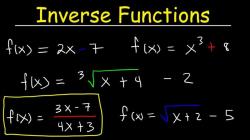What is the difference between linear and quadratic functions?
Linear and quadratic functions are two fundamental types of mathematical functions that differ in their degree and properties. Here's a breakdown of the key differences between linear and quadratic functions:
1. Degree of the Function:
- Linear Function: A linear function has a degree of 1, which means it contains only variables raised to the first power. The general form of a linear function is , where and are constants, and is the variable.
- Quadratic Function: A quadratic function has a degree of 2, which means it contains variables raised to the second power. The general form of a quadratic function is , where , , and are constants, and is the variable.
2. Shape of the Graph:
- Linear Function: The graph of a linear function is a straight line. It has a constant slope, and the relationship between the dependent variable and the independent variable is always proportional.
- Quadratic Function: The graph of a quadratic function is a parabola. It has a curved shape, and the relationship between the dependent variable and the independent variable is nonlinear.
3. Rate of Change:
- Linear Function: In a linear function, the rate of change (slope) is constant. For every unit change in the independent variable, there is a constant change in the dependent variable.
- Quadratic Function: In a quadratic function, the rate of change is not constant. It varies with the value of the independent variable, leading to a curve in the graph.
4. Characteristics of the Graph:
- Linear Function: The graph of a linear function passes through the origin (0,0) if the constant term () is zero. Otherwise, it is a straight line with a slope determined by the coefficient .
- Quadratic Function: The graph of a quadratic function does not necessarily pass through the origin. It has a vertex, which is the minimum or maximum point of the parabola, depending on the sign of the leading coefficient (). The axis of symmetry is a vertical line that passes through the vertex.
5. Examples:
- Linear Function Example:
- This is a linear function with a slope of 2 and a y-intercept of 3. Its graph is a straight line.
- Quadratic Function Example:
- This is a quadratic function with a vertex at (2,0). Its graph is a parabola opening upward.
In summary, the primary differences between linear and quadratic functions lie in their degree, graph shapes, rate of change, and characteristics. Linear functions produce straight-line graphs with constant slopes, while quadratic functions produce parabolic graphs with nonlinear relationships between variables.












